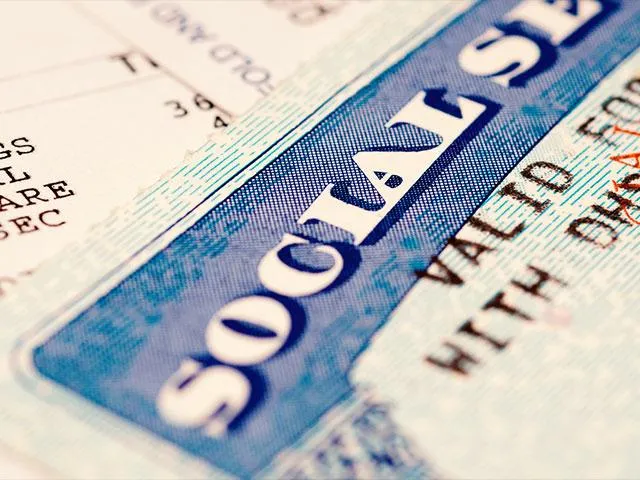
FICA is a combination of Social Security and Medicare taxes which are not included. The Social Security OASDI program is a form of OASDI which covers the older age survivors and disabled. Medicare is listed on FedMed/EE. Your FICA taxes will vary by employee class: Non-student employees are typically tax taxable.
Social Security withheld from income taxation is limited annually to a certain salary limit and Medicare withheld is not limited to a certain amount per year. The current rate of withholding is 6.2% for OASDI and 14% for Medicare. Those who are self-employed are liable for the full 12.4%. The combined taxes withheld for Social Security and Medicare are referred to as the Federal Insurance Contributions Act (FICA).
In some situations you may be required to pay Social Security tax in the U.S. You pay taxes that affect you and provide protection from the Social Security system. Your employers are required to pay these tax payments on wages.
Your employer must collect these taxes even though your benefits may be denied. The Social Security tax on workers is generally imposed regardless of whether the employee's nationality or residence is in the US.
An employer is required to begin withholding Additional Medicare Tax in the pay period in which it pays wages in excess of $200,000 to an employee and continue to withhold it each pay period until the end of the calendar year.
FUTA Tax – The federal unemployment tax law. This tax funds a federal program which provides benefits for people lost in work. Employees are unable to pay the tax or pay the taxes out of wages. Employer Pay. SUTA Tax is similar to FUTA except this money is used to fund state programs. Employer's pay taxes.
Self-employed tax: If you work for yourself, you might be required to pay self-employed taxes, which largely consist of Social Security and Medicare taxes. This occurs because the IRS is imposing Social Security & Medicare tax on net income. On your pay statement, Social Security taxes are referred to as OASDI, for Old Age Survivor and Disability Insurance.
That's because the IRS imposes a 12.4% Social Security tax and a 2.9% Medicare tax on net earnings. Typically, employees and their employers split that bill, which is why employees have 6.2% and 1.45%, respectively, held from their paychecks.
A tax on withholding is taxes paid on the earnings of the paying taxpayers. The payer re-exempts the income of payees by paying the income taxes on their earnings. How much tax is due on your salary? Social Security tax: 6.8%.
In addition, it can be refunded if your wages exceed $122800 in 2020 (1147 in 2021). If we pay taxes, we can then receive Social Security credits later. Medicare taxes: 14.50%. This is on top of the 1.45% employer tax rate. If you're married, you might not have enough Medicare taxes withheld. If you're married filing jointly with earned income over $250,000, you're subject to an additional tax.
How much tax your employer can collect on your checks depends mostly based on the type of information you include in your Form W4. Tell me the best way to calculate the amount of the withdrawals? The more you pay tax the more taxes you can evade. What is on the W-4 is fed through what the company uses to calculate how much federal tax to withhold.
Amongst these, Social Security tax of 62% and Medicare tax. In 2021, only the first $42,800 earnings will pay Social Security tax. Medicare will apply a tax on earnings above $200,000 if a person is filing separately from the tax on their earnings. There's no wage-based limit for Medicare tax. All covered wages are subject to Medicare tax.
FICA can also be called the pay-for-work tax because employers usually deduct FICA tax out of the paychecks of their employees and release the funds to the IRS for their benefit. FIACA represents the Federal Insurance Contribution Act or FIACA. Your employer deducts these taxes from each wage payment.